The Wisdom of Sheep, by Rosamund Young: An exclusive extract for Country Life
Rosamund Young, best-selling author of 'The Secret Life of Cows', has a new book out book called 'The Wisdom of Sheep & Other Animals'. We have an exclusive extract for Country Life readers.
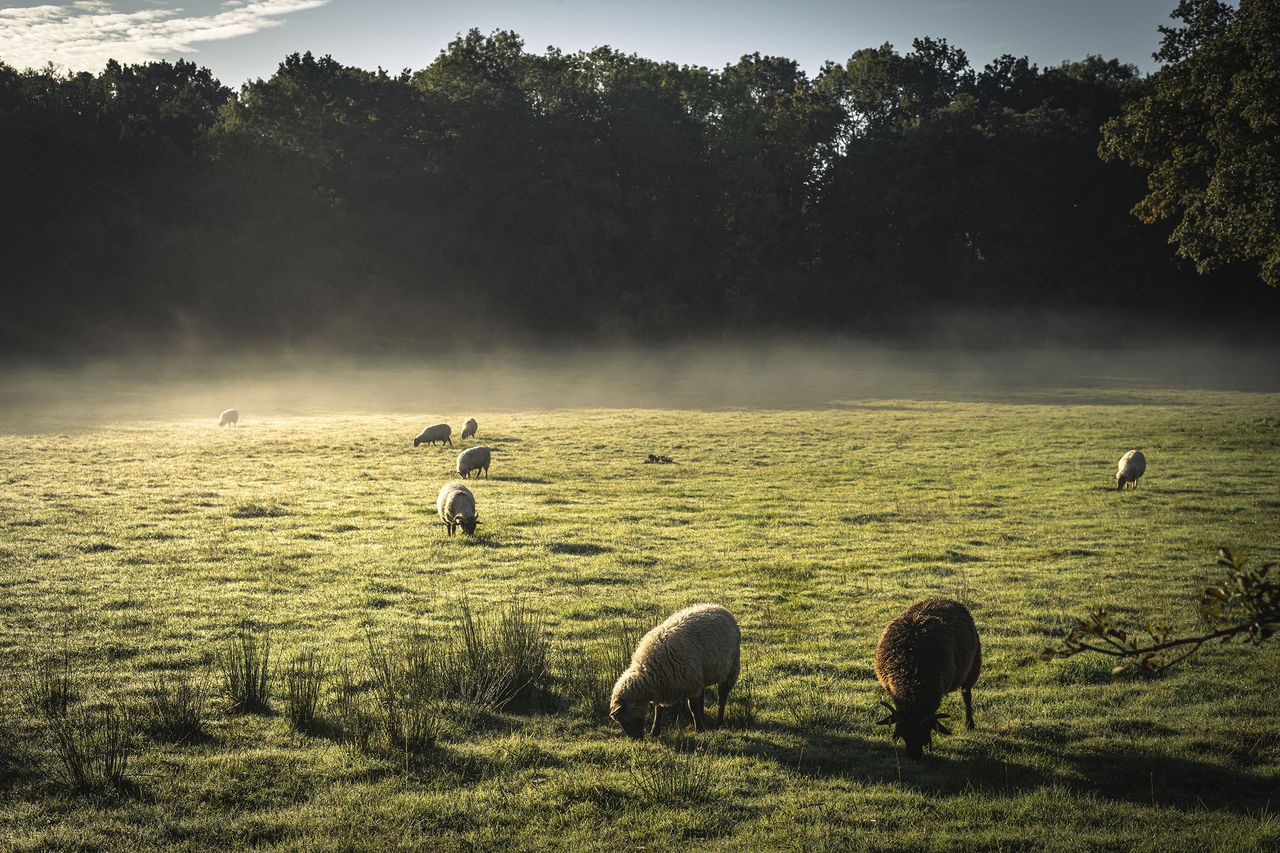
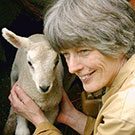
Rosamund Young, the best-selling author of The Secret Life of Cows, has been a farmer for almost half a century. In her new book, The Wisdom of Sheep & Other Animals, she turns her focus from her cattle to her sheep, showing a side if these oft-maligned animals that's by turns amusing, surprising and eye-opening.
'Some are affectionate, others prone to head-butting,' says Rosamund. 'Some are determinedly self-sufficient, others seek our help when they need it. And some can be trusted to lead the flock home. They are as individual as we are.'
Rosamund spoke to the Country Life Podcast in an episode published on Friday 15th December, while you can read an extract from her new book here:
A cold late winter
Kite’s Nest had one significant disadvantage when we first came here: a very limited range of buildings. Most of them were in poor condition and none of them were really suited to modern farming, being either too low or too narrow for tractors.
On the farm that Richard rented when he left school, he had had no trouble obtaining capital grants of 40 per cent for a range of buildings to keep all the cattle comfortable in adverse weather and all the hay, straw and farm machinery under cover. In the early 1970s, he was still using nitrogen fertiliser and other chemicals. I’m not sure if it was specifically stated in the legislation, but these were effectively the key to obtaining the grants, because the money was conditional on increasing yields, and also on specialising in preferably one or at most two enterprises.
When we applied for a grant at Kite’s Nest, we got a shock. We were told that we were not eligible as we wouldn’t be able to meet the productivity criteria without nitrogen fertiliser. The Agricultural Development and Advisory Service (ADAS) was, at that time, a free service for farmers. One very kind ADAS officer took up our case, which was that by using clover in our grasslands we could increase the farm’s output without nitrogen. But the 18 Ministry of Agriculture, Fisheries and Food (MAFF) was institutionally hostile to the concept of organic farming and totally committed to intensification through increasing use of agrochemicals. It took the ADAS officer five years of battling on our behalf to get MAFF to agree reluctantly that we could apply. He said he almost lost his job as a result.
It seemed as if everything was against us at the time: interest rates were soaring and the cost of new buildings had increased so much that even with the grant they were going to cost a lot more than they would have done had we put them up when we arrived in 1980. The grant scheme was also being phased out, limiting our time to arrange finance and get planning approval, which we needed because the farmhouse is listed.
Sign up for the Country Life Newsletter
Exquisite houses, the beauty of Nature, and how to get the most from your life, straight to your inbox.
The scale of the problem posed by the condition of the farm’s buildings became clear in the first months of 1983, which saw a very cold late winter with biting east winds against which we had to build temporary windbreaks with straw bales to keep the cattle warm enough. Come April it seemed as if spring had finally arrived, but the weather suddenly turned cold again and, very unexpectedly, snow was forecast. We got the cattle back in and bedded them down. Rather than the sprinkling of snow we’d expected, we woke up to find six to eight inches of wet and frozen snow lying everywhere, including on the flat roof of the flimsy pole barn erected by our predecessor.
"There were close to a hundred cattle in this barn when the roof caved in during the night"
Very lightweight plastic sheets were supported on beams only two inches wide. This was enough to support the 19 sheets, but completely inadequate to take the weight of the snow as well. There were close to a hundred cattle in this barn when the roof caved in during the night. Clearly there must have been some creaking before the collapse, as the cattle had all huddled at one end, where about a quarter of the roof was still precariously in place. Miraculously none of them were hurt.
Another heavy flurry of snow left me wondering how to rescue our tiny flock of sheep, who I knew would be huddling against the top wall of the Seven-Acre Field. Richard hitched our old cattle transporter to the tractor, and we set off uphill on the impassable-looking farm track. I clung on precariously as he drove in blizzard conditions, zigzagging and sliding. Up one very steep part, the wheels spun so much we almost came to a stop, but we just managed to reach the top track and with it the flatter ground. When we reached the sheep, we opened the transporter and fought against the wind to push the gate open just far enough for them to squeeze through. Although they had never travelled in any vehicle before, they all hurried inside and we tobogganed terrifyingly home.
Fortunately, the snow didn’t last long and we were able to turn the cattle out and feed them in the field. The pole barn was a complete write-off. We’d tried to get it insured, but every company had balked at its flimsiness. Not only were there broken beams and large pieces of plastic roofing sheet everywhere, but many of the sheets had shattered into hundreds of small pieces. These all had to be picked out of the straw by hand before we could clean out the three-foot-deep winter bedding. Without a grant we couldn’t afford to replace the barn with a new building, but we had to have shelter ready for the following winter. Richard decided the only option was to upgrade the size of the beams significantly and re-roof it himself with second-hand corrugated sheets. Little did we know at the time, but this would have to suffice for the next thirty-three years.
The Four Seasons
Spring is so brief. It is glorious relief, after a long winter of laborious and relentless feeding, to be able to let the cattle graze grass in abundance instead of hay or silage. No sooner do they have the right to roam freely, however, than we need to confine them to certain fields unsuitable for haymaking and leave the rest of the grass to grow.
Summer is all about winter: assessing the weather, mowing, spreading, rowing up, baling and carting the precious fodder to the safety of the barn. Farmers have to plan a long time ahead to be sure they have sufficient feed for their animals, just as people always had to grow their own food and learn how to preserve as much as they could before the advent of supermarkets.
Autumn will vary. If you grow crops you will be totally absorbed with the harvest and preparing the soil for planting. If you have only livestock, there will be time to enjoy them enjoying just being. The tough work of winter will seem a long way off, and as your animals eat their way towards it, grazing the grass as it declines in abundance and quality and grows more slowly, you will hope and almost believe that autumn will stay kind until spring.
"Sheep absolutely hate being kept inside and make their feelings very clear"
Winter is eating the summer bounty, spiking and unzipping the bales, repairing fences when you can find 22 time on a dry day, and cleaning, sharpening, oiling, greasing and servicing the kit ready for summer.
In many ways, sheep are less trouble than cattle in winter. They need to be fed of course but they are lighter and don’t poach the pasture into deep mud with their hooves as cattle do when it is wet. All of our animals prefer to be outside if at all possible, but the cattle do appreciate the shelter of the barns in adverse weather while our sheep absolutely hate being kept inside and make their feelings very clear. Their coats are weatherproof, coated with lanolin to repel water and able to protect them from fierce winds.
The Wisdom of Sheep & Other Animals: Observations from a Family Farm by Rosamund Young is published by Faber (£14.99 hardback)
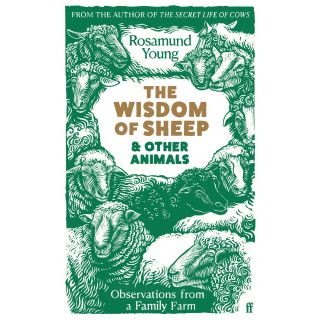
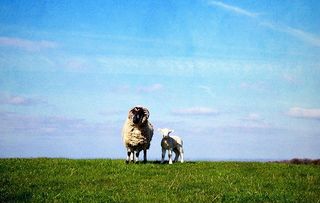
Credit: Sheep in a field - ewe and lamb
Rosamund Young: The mysterious motherhood of sheep and cows
Rosamund Young, author of The Secret Life of Cows, talks about how poetry runs through the land – and how the
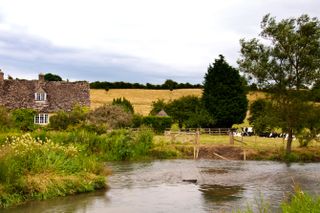
Credit: Alamy Stock Photo
Rosamund Young: Dreaming of a cottage with a field? Then find your field and do it
Rosamund Young, author of the Secret Life of Cows, will be writing a series of columns for Country Life in
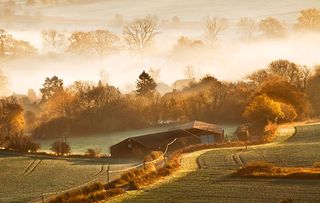
Credit: Alamy
Autumn farming: Endless jobs, the pain of potatoes and the ram who made a break for freedom
Rosamund Young's fourth beautiful article for Country Life explores, potatoes, intelligent sheep and the accidental devastation of spiders' webs.
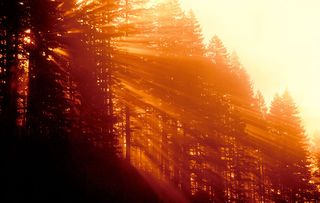
Credit: Alamy
The joys of farming in December: Winter sunshine, leaping sheep and hens who lay an extra Christmas present
Rosamund Young, author of The Secret Life of Cows, on sparing walnut trees, freeing sheep and a very special Christmas
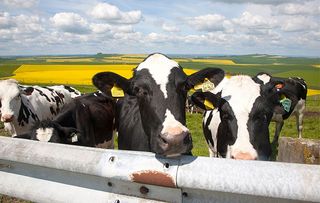
Credit: GETTY
Summer in the fields, and how to surprise a cow with a hastily-erected fence
Rosamund Young, author of The Secret Life of Cows, writes an exclusive update for Country Life about life on her
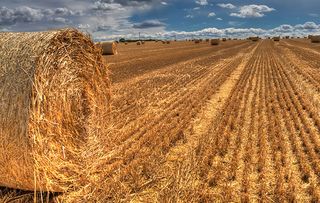
The days when farming becomes a race against time - and the bliss of that moment when you win
Farming isn't always a battle against the elements and the pests – it can also be a race against time as
-
 A crenellated folly, seven bedrooms and 20 acres in the glorious Welsh landscape
A crenellated folly, seven bedrooms and 20 acres in the glorious Welsh landscapePenybont Hall in Powys is a generous family home with plenty of good sense and foolishness.
By James Fisher Published
-
 How much did Stonehenge cost when it last came up for sale? Country Life Quiz of the Day
How much did Stonehenge cost when it last came up for sale? Country Life Quiz of the DayFriday's Quiz of the Day
By Toby Keel Published
-
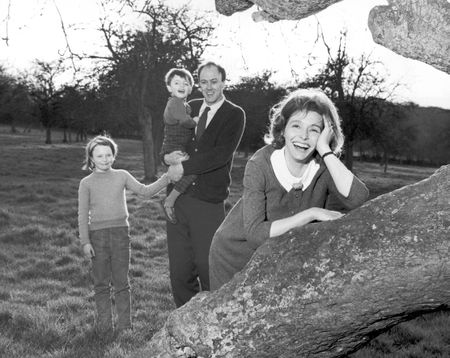 In Focus: How Roald Dahl's love of the countryside shaped his life's work
In Focus: How Roald Dahl's love of the countryside shaped his life's workThe countryside filled the Matilda author Roald Dahl with joy and proved a constant source of inspiration, as Matthew Dennison reveals in a new biography of the prolific storyteller.
By Matthew Dennison Published
-
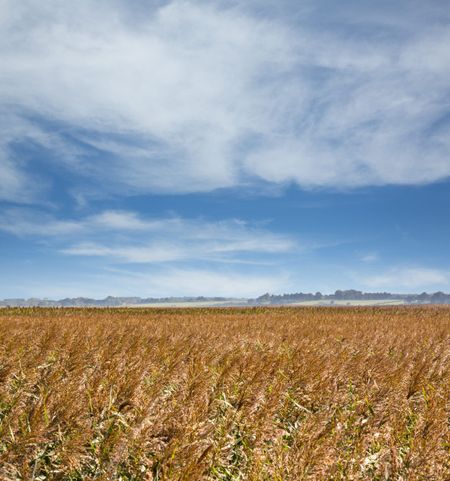 The American airman's portrait of 1940s England that portrays a world that's already disappeared
The American airman's portrait of 1940s England that portrays a world that's already disappearedA chance encounter with a book stall opens the eyes of our columnist Agromenes as he sees England through the eyes of an American airman.
By Country Life Published
-
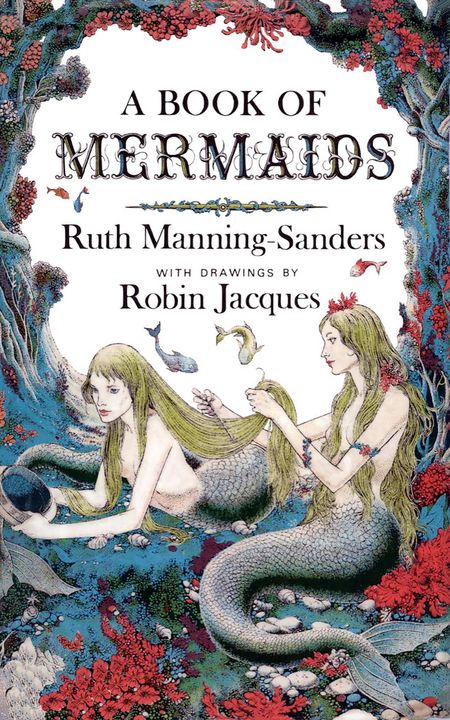 Ruth Manning-Sanders: 'She was certain that it was every child’s birthright to visit a world of enchantment and occasional terrors'
Ruth Manning-Sanders: 'She was certain that it was every child’s birthright to visit a world of enchantment and occasional terrors'Nursery favourite Ruth Manning-Sanders believed it was every child’s birthright to enter a world of enchantment and occasional terrors, where good always triumphs over evil, discovers Matthew Dennison.
By Matthew Dennison Published
-
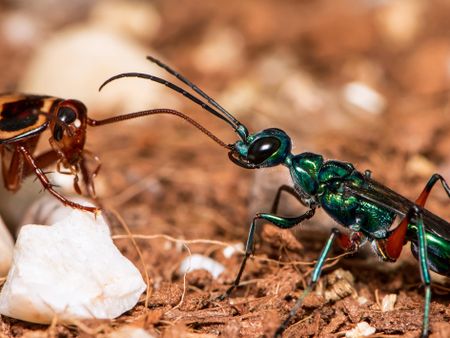 Curious Questions: Should you get rid of wasps?
Curious Questions: Should you get rid of wasps?Yes, they're a pain at your summer barbecue, but wasps are also voracious predators of other insects — and some of Nature’s most important pest controllers. Seirian Sumner, author of ‘Endless Forms: The Secret World of Wasps’, explains a few of the reasons that you might want to hold off calling the pest controller — and, indeed, why you it might be time to start providing wasp nesting houses in your garden, alongside that designer bee hotel.
By Country Life Published
-
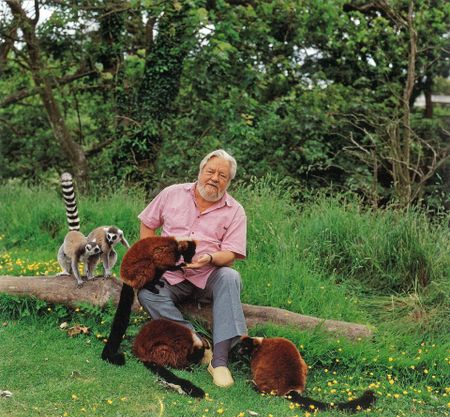 In Focus: Gerald Durrell, the 'pioneer with a marvellous sense of humour'
In Focus: Gerald Durrell, the 'pioneer with a marvellous sense of humour'The author, conservationist and avid nature-lover describes his childhood in Corfu with the 'recollections of a child in a kind of earthy paradise,' in his book, My Family and Other Animals, finds Jack Watkins.
By Jack Watkins Published
-
 Charlie Mackesy on The Boy, the Mole, the Fox and the Horse: 'It's humbling... The reaction was beyond anything I ever imagined'
Charlie Mackesy on The Boy, the Mole, the Fox and the Horse: 'It's humbling... The reaction was beyond anything I ever imagined'Charlie Mackesy is the author and illustrator of The Boy, the Mole, the Fox and the Horse, the bestselling — and hugely poignant — book that celebrates kindness and understanding. He spoke to Katy Birchall about why there’s no shame in showing weakness and asking for help.
By Katy Birchall Published
-
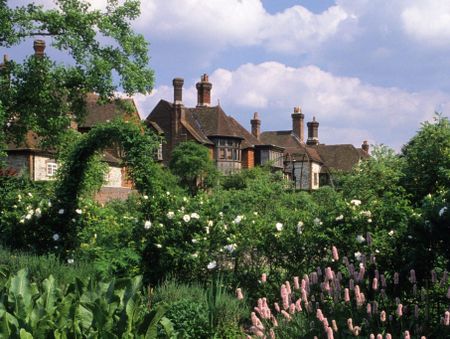 Gilbert White: The naturalist whose poetic but precise words changed how we see the world
Gilbert White: The naturalist whose poetic but precise words changed how we see the worldThe writings of churchman and naturalist Gilbert White are as beautifully exquisite as they are scientifically precise. 300 years from his birth and John Lewis-Stempel
By Toby Keel Published
-
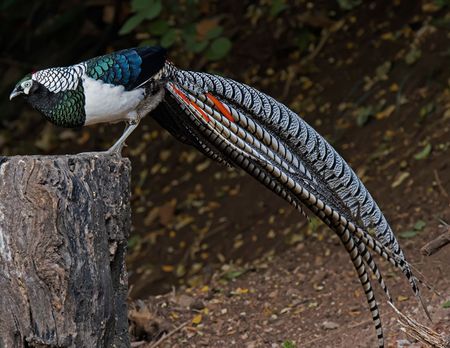 A celebration of pheasants, 'some of the most beautiful birds in the world'
A celebration of pheasants, 'some of the most beautiful birds in the world'We tend to think of pheasants as a relatively ordinary sight, but they're among the world's most beautiful birds — and they're being celebrated in a handsome new book.
By James Fisher Published
